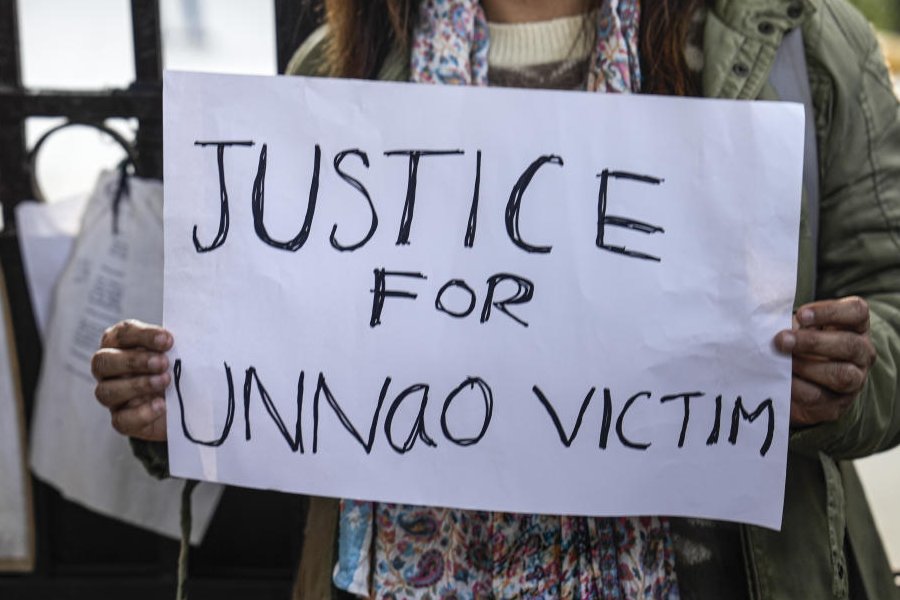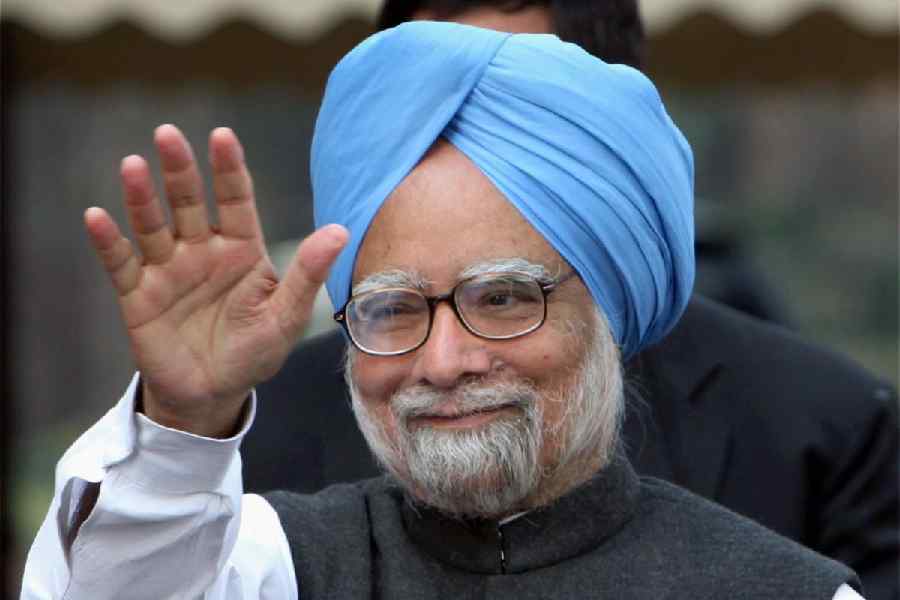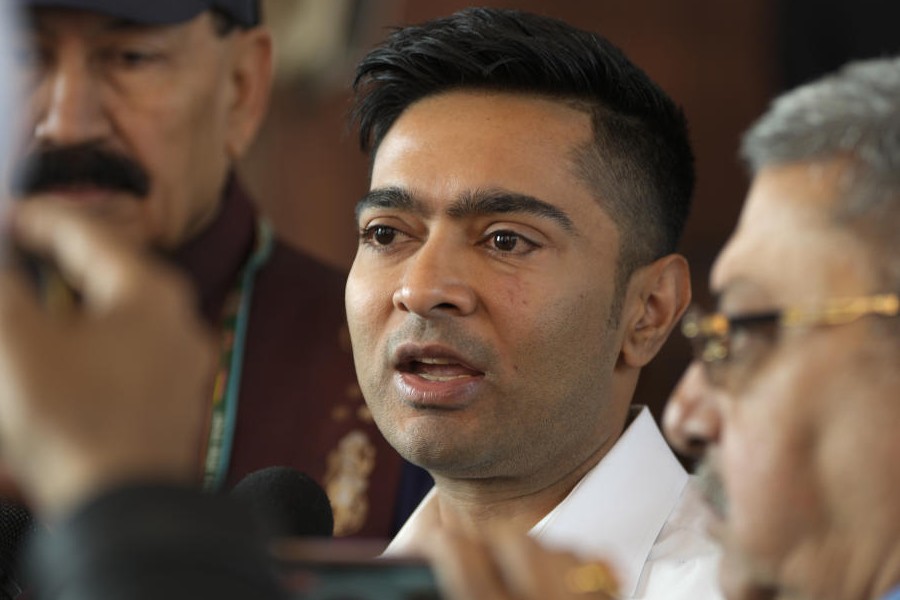 |
 |
| TOME TURMOIL: (From top) The book, Peter Heehs with a portrait of Sri Aurobindo, and the ashram |
The air is deceptively peaceful. Devotees kneel before the flower-bedecked samadhi of philosopher, freedom fighter, yogi and poet Sri Aurobindo. Some sit in quiet meditation. The pace is gentle, and there is little to indicate that underneath the calm, battles are being fought.
In his small flat not far from the Sri Aurobindo Ashram, American writer Peter Heehs has just won a reprieve. Heehs — the symbol of the battle — had been living for 40 years in the ashram set up by Aurobindo in Puducherry in 1926. But after a book he wrote on the thinker — which a section of devotees describes as scurrilous — was banned, he was asked to leave the country. Now that his visa has finally been extended, Heehs sounds relieved. “…the government values freedom of expression and diversity of opinion…” he says.
But Heehs is just one part of the battle. In one corner of the vast settlement, some devotees fume. They are targeting not just Heehs, but the ashram’s five trustees as well. The trustees try to shrug off the controversy hoping that the “matter will play itself out”.
Ashram spokesperson Maitri Prasad, assistant to the five trustees, blames “a few members” for “stirring up trouble” for their own ends. “They have a grudge against the ashram and are disgruntled. We want to be true to Sri Aurobindo’s philosophy because we believe the truth will prevail,” he says.
Trouble has been brewing for a while. In August 2010, a case was filed in Puducherry requesting “the court to frame a scheme to run the ashram”. The case is still pending.
But the simmering tensions in the ashram surfaced in 2008 when a case was filed in the Orissa High Court against Peter Heehs’s biography The Lives of Sri Aurobindo for containing “objectionable matters depicting distorted facts about the life and character of Sri Aurobindo”.
The High Court banned the book in India and the Odisha government passed a gazette notification stating “the book contains matters which deliberately and maliciously intended to insult religious beliefs…”
 |
| Q: The book says the Mother and Sri Aurobindo had a romantic relationship. Peter Heehs: The sentences have been taken out of context and distorted. I have painted a scene where I show the growth of attachment between the Mother and Sri Aurobindo. I was trying to show the Mother was a modest woman who drew her hand away from Sri Aurobindo when someone walked in and she quickly stood up another time when she was found kneeling before him in an attitude of surrender. I wrote there was nothing furtive about these encounters. Q: Were Sri Aurobindo’s mystical powers the result of madness? Heehs: It is a well-known topic that the relatives of a genius, such as parents or siblings, might have a history of mental disturbance. I was just stating that some of his contemporaries commented he was “strange”, and wondered if there was “something in his family”. |
The petitioner, Aurobindo devotee Gitanjali J.B., holds that the book insinuates that the Mother and Sri Aurobindo’s relationship was romantic, that his mystical powers and experiences were similar to “schizophrenia” and emerged from a streak of inherited madness and that Sri Aurobindo had to share the blame for India’s Partition.
On the other hand, historian Ramachandra Guha has described the book in The Telegraph as the product of a lifetime of scholarship. “…its empirical depth and analytical sharpness is unlikely to be surpassed,” he says. “For Heehs knows the documentary evidence on and around Sri Aurobindo’s life better than anyone else.”
The ashram, on its part, believes that it cannot “dictate” what should be read or not read. “People are at ‘complete liberty’ to decide if they find the book meaningful or useful,” says a written statement.
The 63-year-old American believes that anyone who has had a grudge with the ashram officials is opposed to him. “They are using me to beat the trustees with,” Heehs says.
Indeed, many devotees believe this episode is an outcome of a power struggle. “The real issue is for control of the ashram,” says an observer. “It is political.”
The trustees — who have been dragged into the controversy — look after the regular functioning of the ashram, its inmates and its 14 departments such as the library, archives, hand-made paper unit, a central office which works as an exhibition hall, an art gallery and publications unit. The ashram also runs a school and guest houses for visitors.
The Sri Aurobindo Ashram is administered by the Sri Aurobindo Ashram Trust, a public charitable trust formed in 1955 by Aurobindo’s associate and successor, Mira Alfassa, called the Mother.
There are 1,200 residents in the ashram, apart from 400 students who study at the ashram’s school and another 1,000 devotees working for the ashram. Inmates of the ashram, known as “ashramites”, work in any of several ashram departments. The ashram looks after their well-being by providing food, clothing and shelter as well as health-care.
Some say all this is at stake in the ongoing battle. And that Heehs — who stresses that he himself is an ardent disciple — is merely a scapegoat.
“The book only seeks to demystify Sri Aurobindo and not denigrate him. It is an academic book. It is not a hagiography. I’ve tried to bring out the human side of Sri Aurobindo,” he says. In his book, he writes: “most biographers of Aurobindo have made his sadhana, his practice of yoga, seem like a series of miracles. His diary made it clear that he had to work hard to achieve the states of consciousness that are the basis of his yoga and philosophy.”
The book opens with two photographs: a touched up luminous image of Sri Aurobindo and an untouched version, which shows his dark pockmarked complexion.
“The book is based on falsehood and innuendos,” asserts Gitanjali. “It makes use of misleading and out-of-context references cleverly juxtaposed with half truths leading to baseless conclusions in the name of scholarship and research. I wept for days after reading it.”
But Heehs has his supporters too. A devotee of Sri Aurobindo’s yoga for the past 40 years points out that Aurobindo and the Mother didn’t believe in censorship. “Let people read the book and decide what to absorb and what not to,” she says.
Arindam Das, a BPO employee and a devotee who grew up in the ashram, agrees. “If you don’t like the book, don’t read it. Or write another book. Why are you trying to impose your views on others,” he asks.
Support has also come from the neighbouring Auroville Township, which is a separate institution. “Having watched the unfolding of this controversy… we are saddened that Sri Aurobindo’s name is being dragged into an unseemly dispute which is contrary to the values of intellectual and spiritual freedom exemplified by his life and teachings,” it says in a statement.
The philosopher’s teachings were the subject of a legal wrangle in the 1980s too, when there was a debate on whether his teachings were a religion.
“The Supreme Court decided that issue once and for all in 1982. It clearly said that his philosophy is a way of life, a vision of the evolution of man and not a dogma,” says Claude Arpi, a Frenchman who’s been residing in Auroville for 30 years.
Heehs, Arpi adds, has written a book showing the human side of Sri Aurobindo. “It is one interpretation of history. The book is certainly not perfect but I do not subscribe to banning the book.”
Even as the ashram tries to rise above this unseemly crisis, devotees hope that the teachings of the philosopher will prompt the warring sides to end the squabbling. Till then, though, the unrest continues.











